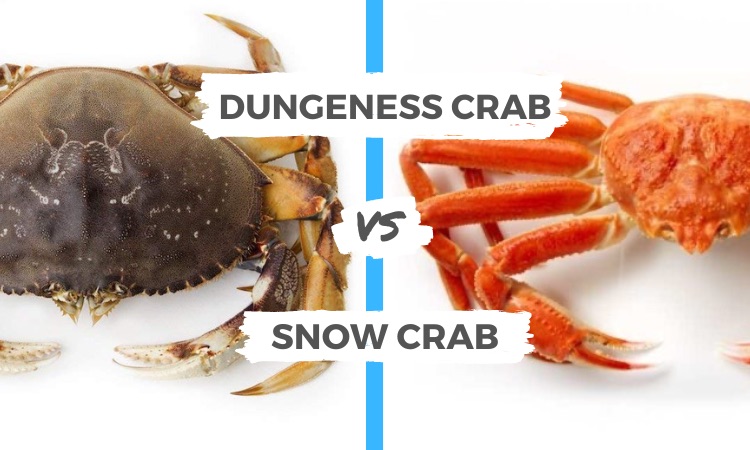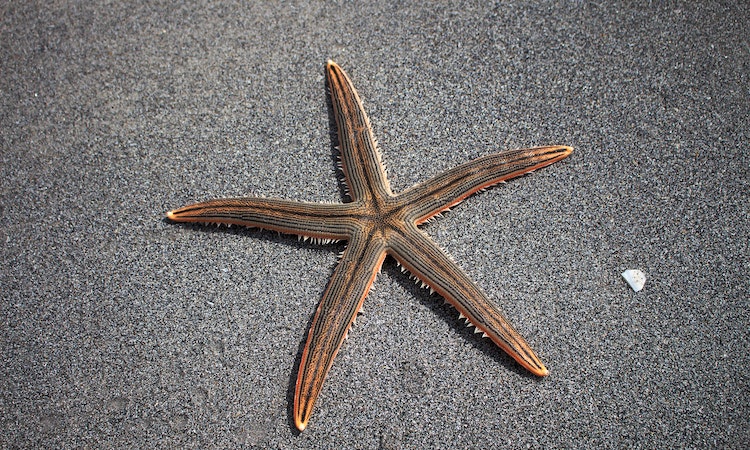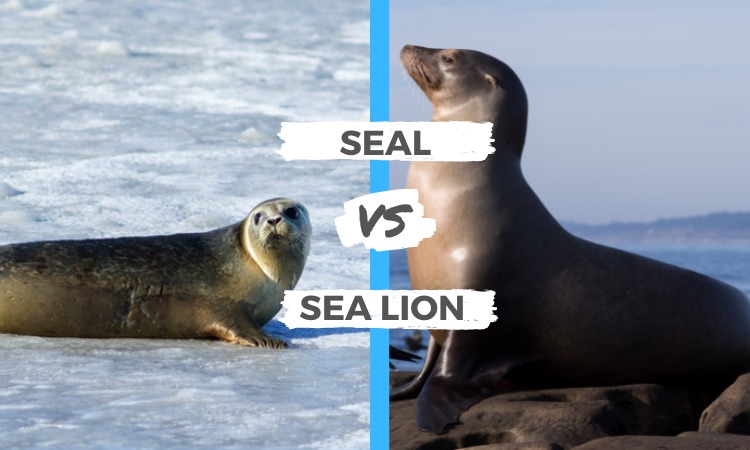Have you ever looked at a penguin and wondered if they have knees? We’ve all asked that same question! And the answer is yes, of course.
It may just be difficult to spot penguin knees in snow. The white background can sometimes create an illusion of leglessness. However, their jointed legs prove this isn’t true.
However, nothing could be more wrong! Penguins do indeed have knees. They’re just hidden beneath their layers of feathers and fur that keep them warm in the cold water or while standing on land.
Adapted to the brutal winter of Antarctic, penguins are equipped with a thick layer of insulation that covers their small legs and protects their knees from the frigid temperatures. This is the same reason why people also question whether penguins have tails.
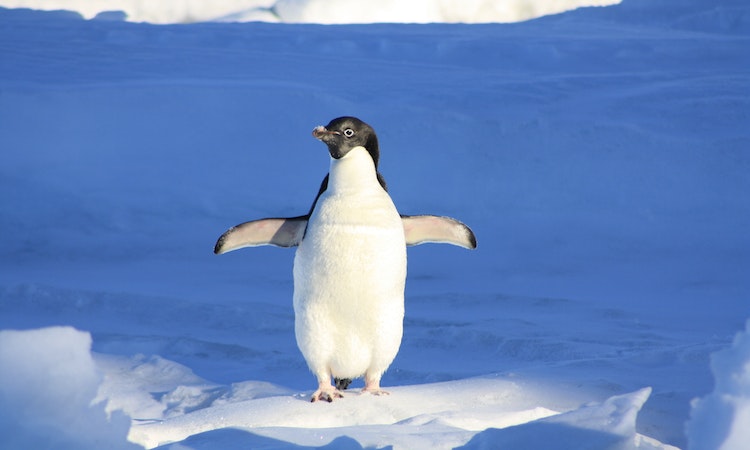
What do Penguin Knees Look Like?
The unique structure of the penguin’s legs makes it possible for them to stand and walk upright with a funny, waddling motion.
The femur, knee, tibia and fibula all work in tandem to form this remarkable appendage. Thus allowing these birds an exceptional level of mobility on land!
Penguins have feathers on their lower body which give them a shorter and stouter look. Thus, they use up more energy while walking compared to other birds due to the combination of their weight and short legs, as scientists and marine biologists can attest.
Penguins have difficulty with their short and stubby legs covered in feathers while walking on land. To compensate, they do a kind of waddle or hop to move around.
Penguins have dexterous knees hidden under their feathers that are vital to their survival, whether in water or on land. In aquatic habitats, the combination of strong legs and flippers grants them an incredible agility as they swim fluently through the ocean depths.
What Mechanism Powers Penguin Knees?
Though penguin knees are mostly concealed beneath their thick layers of body fat, these joints remain remarkably functional.
Penguins utilize them for a multitude of activities both on land and in water. From bending to straightening motions to generate the energy required when gliding through icy waters or along snow-covered ground.
Penguins possess a unique posture. Their knees are tucked close to the body, regardless of whether they’re standing on land or swimming in water.
This is why penguins appear as though they have short legs when compared to other birds; because the knee joints are not visible due to them always being situated so close together.
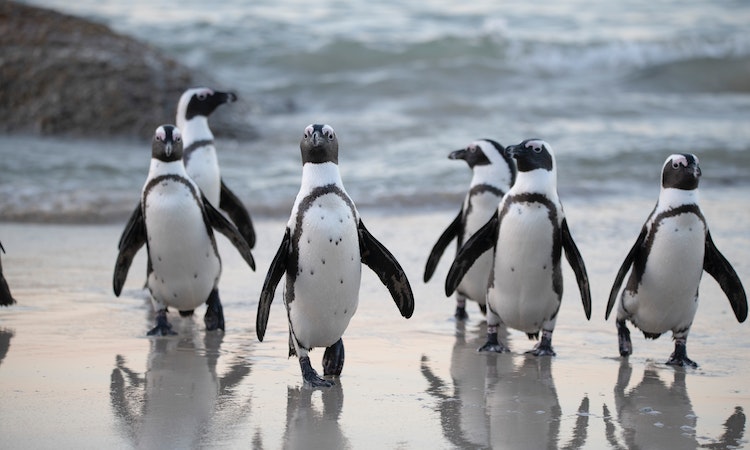
What Do Penguins Use Their Knees For?
Penguins are able to traverse snow-capped shores using their knees as a means of propulsion, and they can also be seen sliding along these icy banks. But the birds don’t limit themselves only to land. When they dive into frigid waters, they use the same technique to move through the depths with ease.
Male penguins tend to the eggs laid by their female counterparts, carefully positioning them on their toes and knees for maximum warmth. T
hey also have the ability to hunker down onto the egg, flexing their knees so that it remains in a perfect temperature range. Penguins are remarkable creatures indeed!
Conclusion
Have you ever observed a penguin’s flamboyant waddling? If so, chances are you’ve wondered if they have knees at all. Absolutely! Penguins do indeed possess knees which play an integral role in the remarkable way they move on snow and ice. We’d like to thank this article for finally putting that question to rest!
Despite their knees being unseen, penguins are able to take advantage of the powerful propulsion it supplies in both water and land. Thus allowing them to move rapidly while they search for food.
The next time you witness a penguin waddling, remember that it is not due to the fact they don’t have knees. It’s because their legs are quite chubby and since they mainly inhabit aquatic environments.

